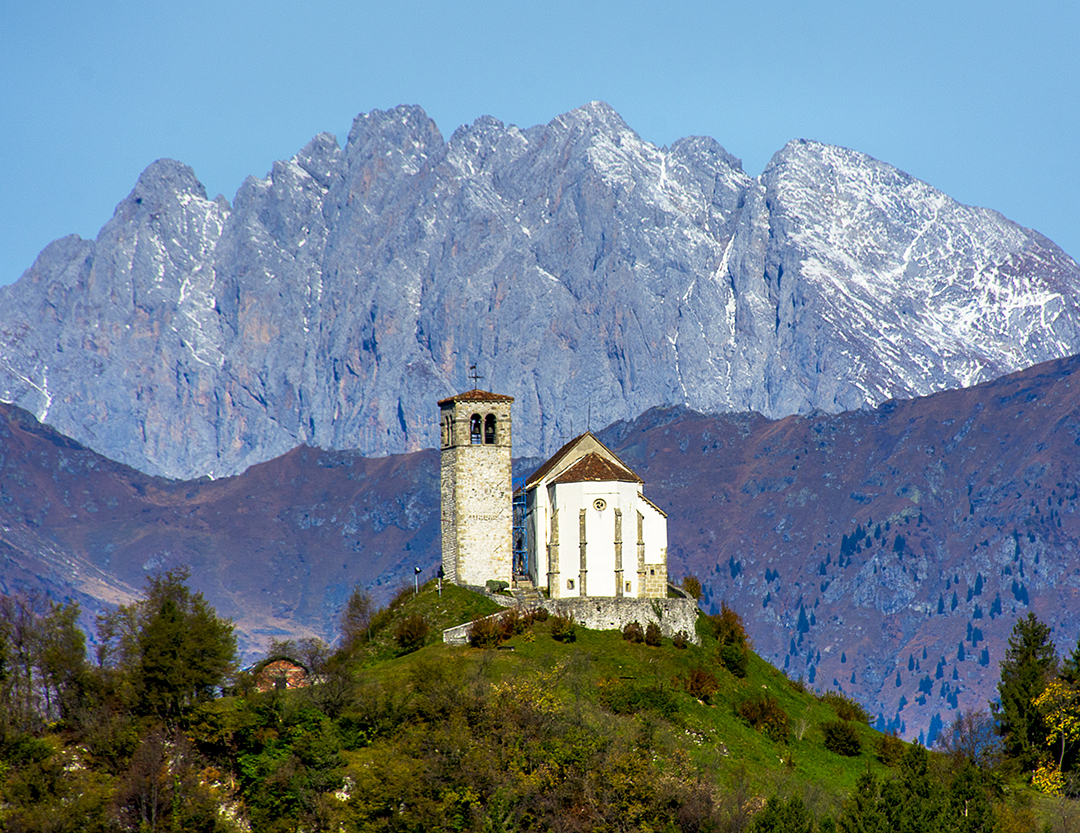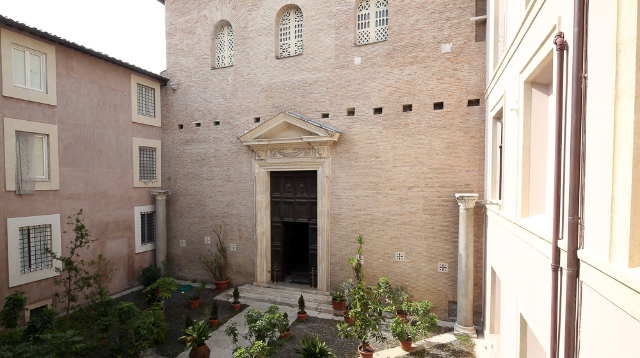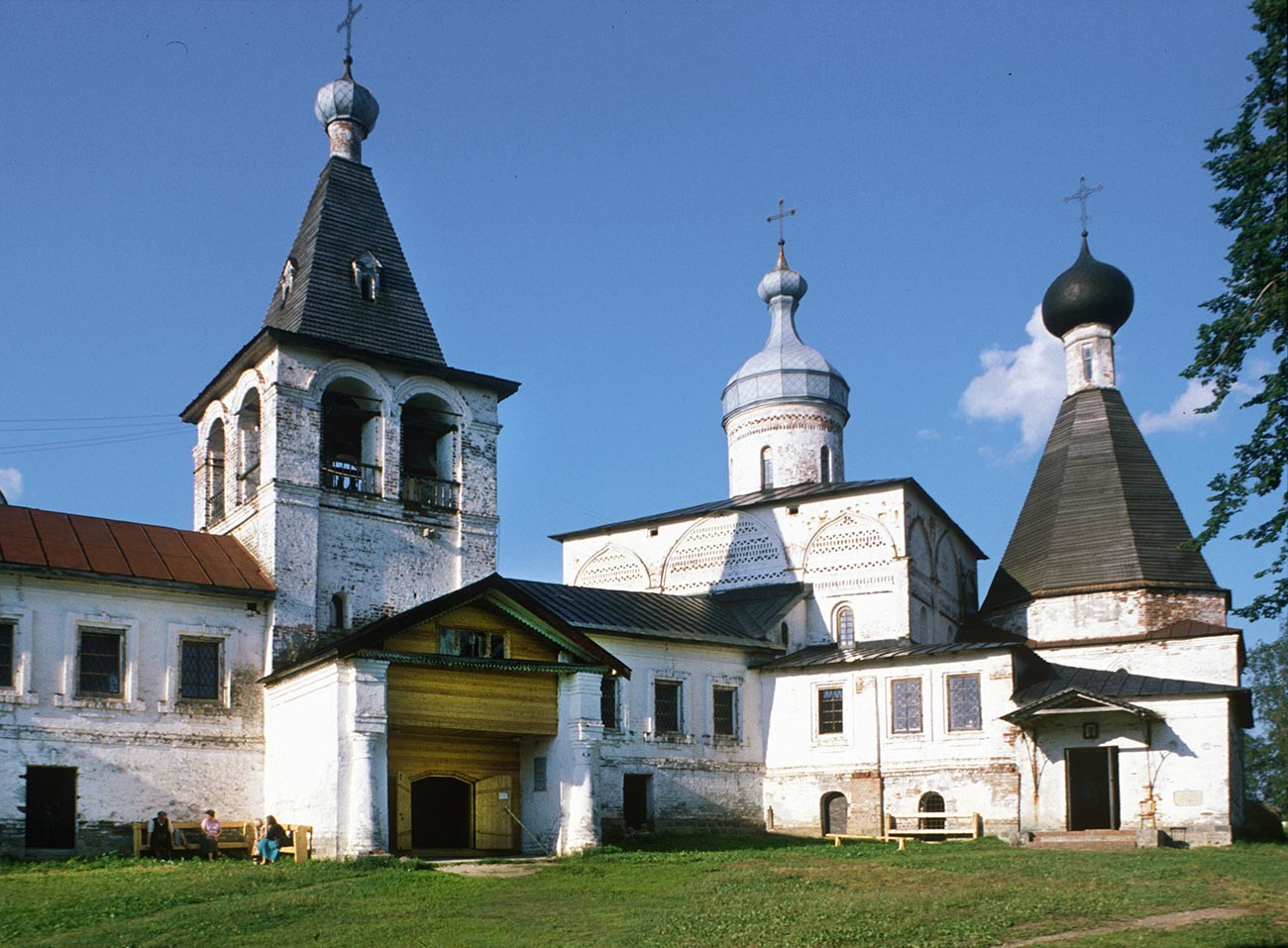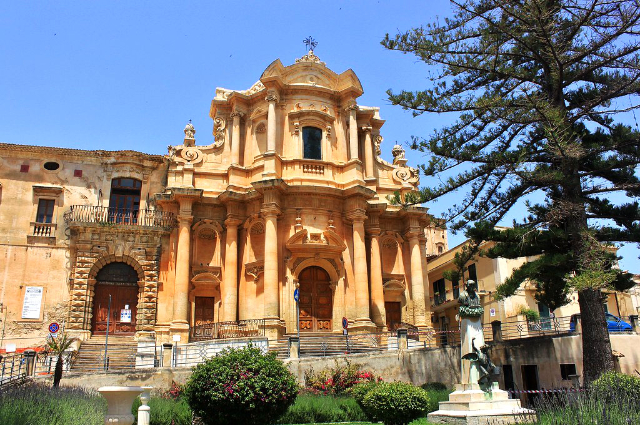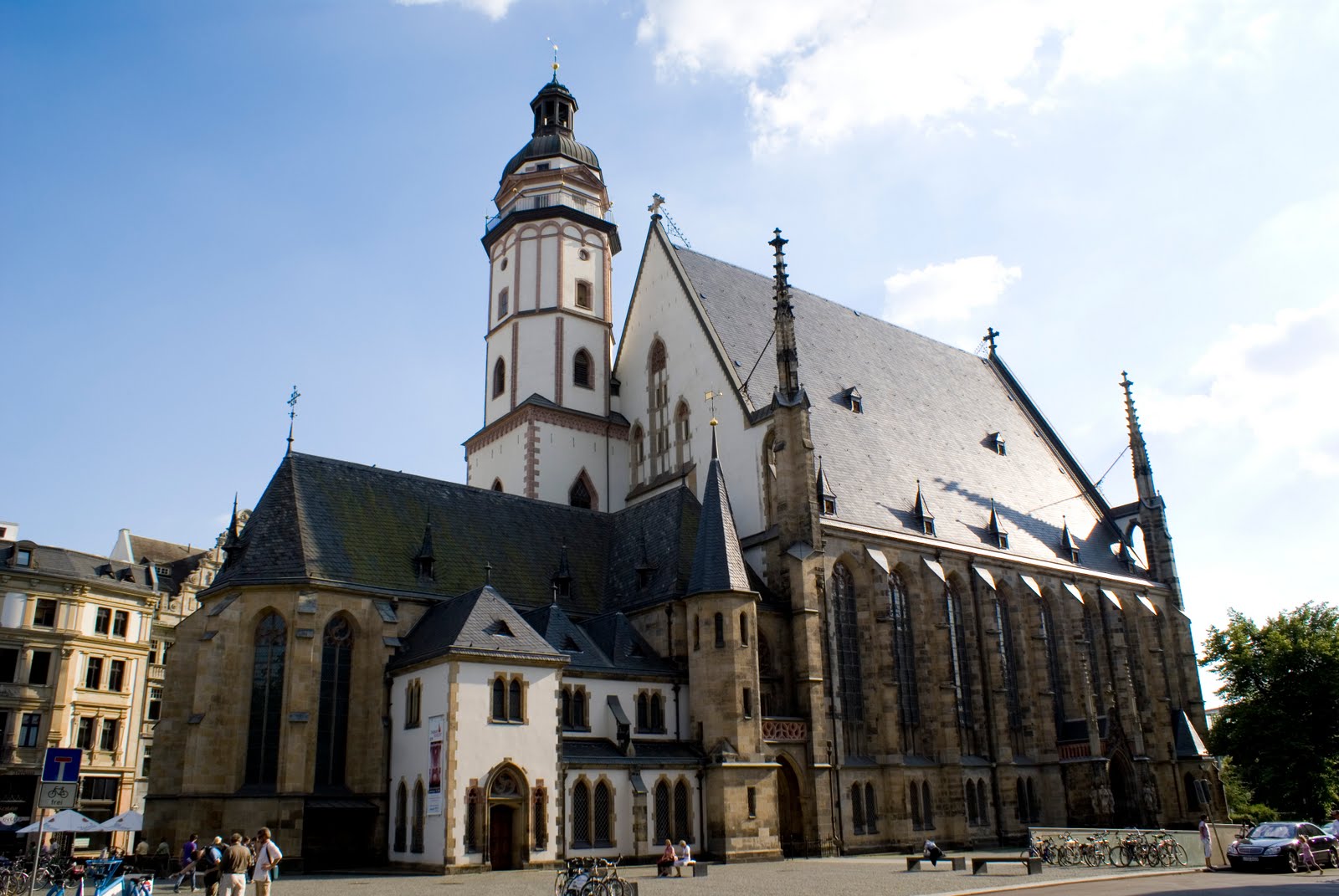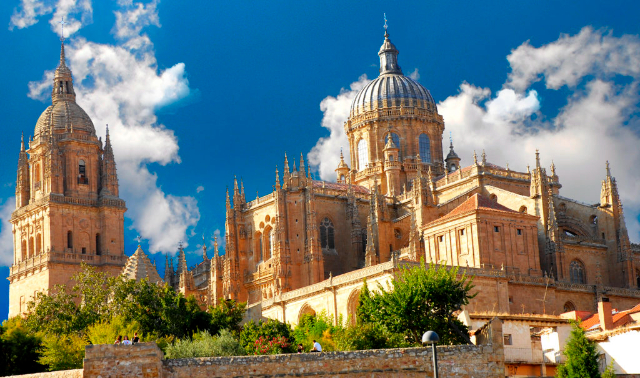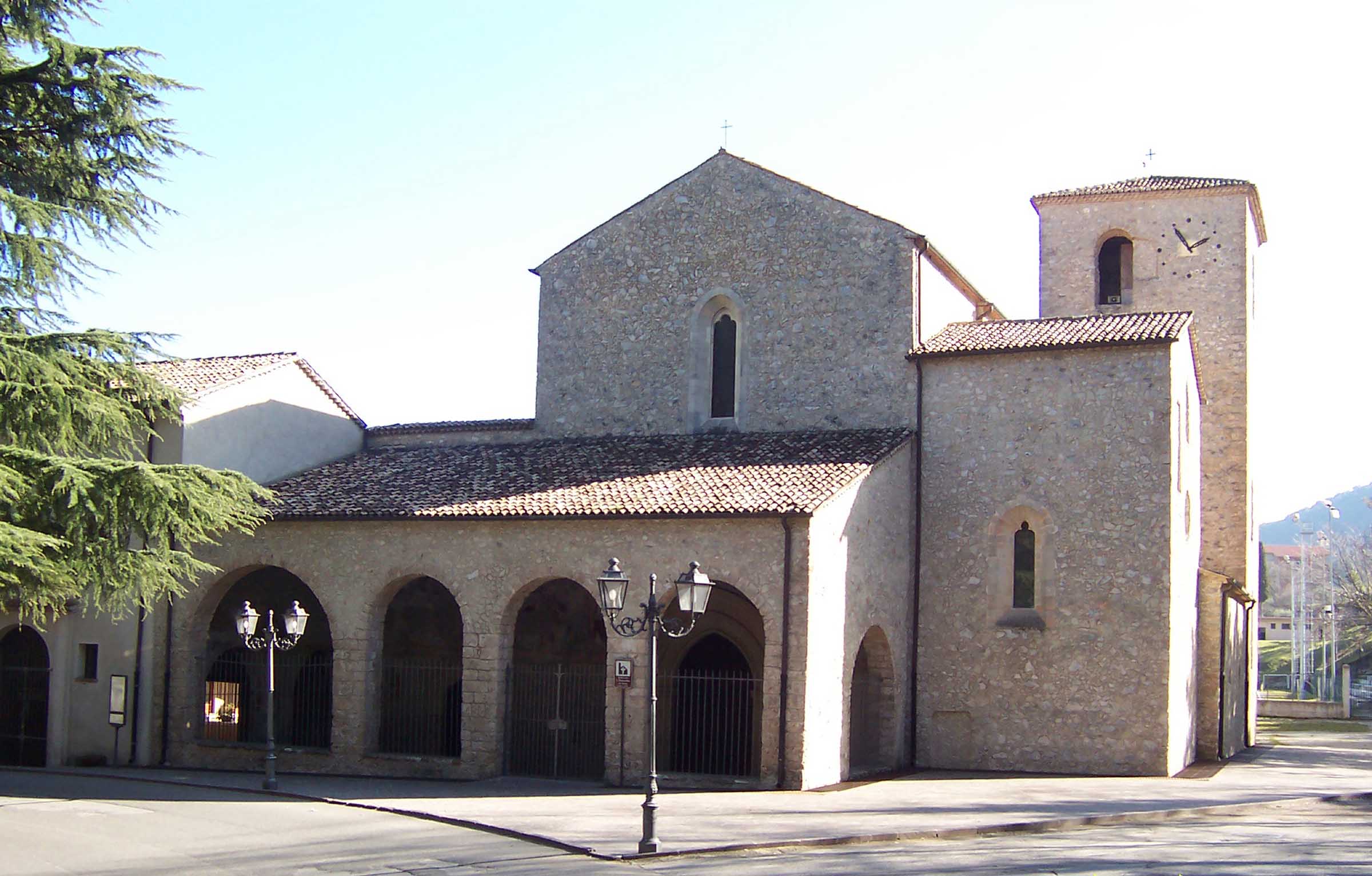Situated at 750 meters above sea level, facing the church of San Pietro, on the other side of the But stream, the parish church of San Floriano is one of the oldest in Carnia. It was perhaps formed as early as the 9th-10th centuries.
It stands on a spur of rock of the "Gjaideit" mountain, in a strategic position and rises for over 300 meters overhanging the But valley. From this summit the view sweeps over the scenery of mountains and valleys facing north towards Carinthia and west towards Cadore. Like the other parish churches, its strategic position links it to the parish churches of S. Maria beyond But and San Pietro. It was, therefore, part of those "lookout" buildings, parish churches and castles (San Nicolò di Alzeri in Arta, Sutrio, San Daniele di Paluzza, Cesclans and down through Buia to Aquileia) that could be used to exchange signals. The parish church, of medieval layout, with a single nave and a polygonal apse characterized by stone buttresses, presents the typical roofing in "embrici a scaglie" (flat tiles with raised edges).
The current building belongs to the fourteenth century, with subsequent reworkings in the fifteenth and sixteenth centuries and incorporates parts of the previous buildings: some walls and paintings of the thirteenth century, others fourteenth century, others dating back to about 1480. The oldest visible area is the fresco with the coat of arms of the castellans of Illegio, which dates back to the mid-1200s. A precious astylar cross, with enamels of Limoges, the only remaining object of the ancient treasure, dates back to the XII century. Inside there is what remains of the high altar, in carved and gilded wood, a work by Domenico da Tolmezzo carried out in 1497, whose original statues have been stolen. You can also admire the frescoes of 1604 by the painter Giulio Urbanis, dedicated, in the side chapel of the Saint, to the martyrdom of St. Floriano and the carved and painted stone altar of 1511 by Carlo da Carona.
